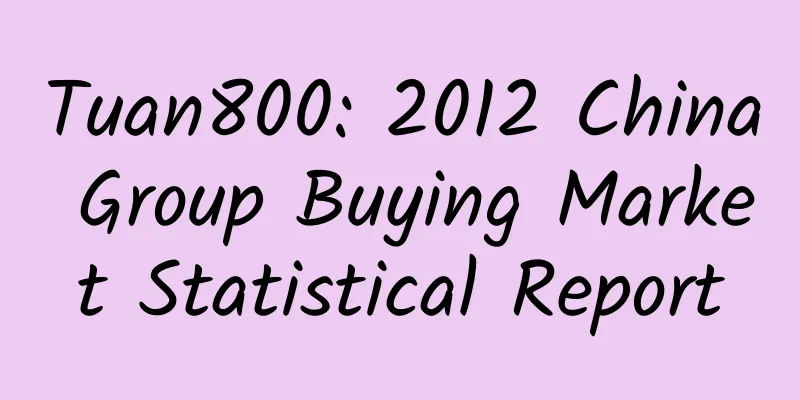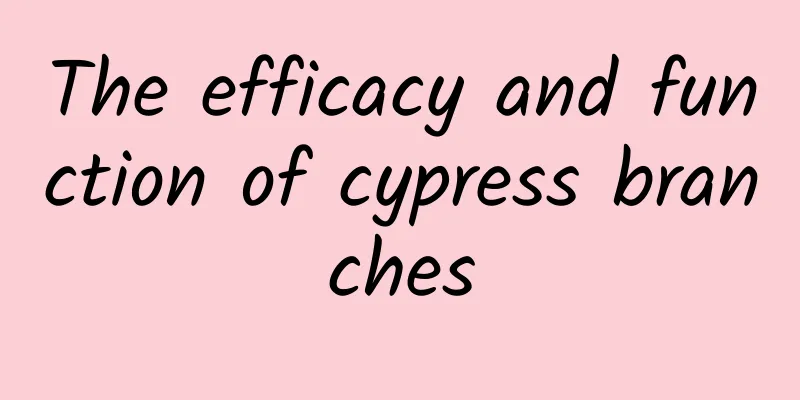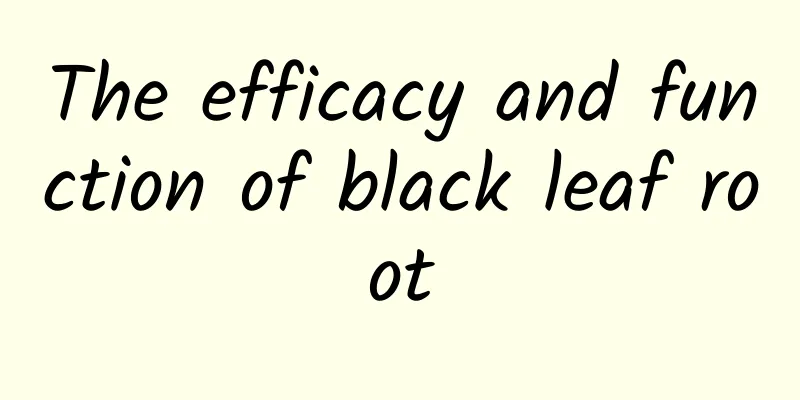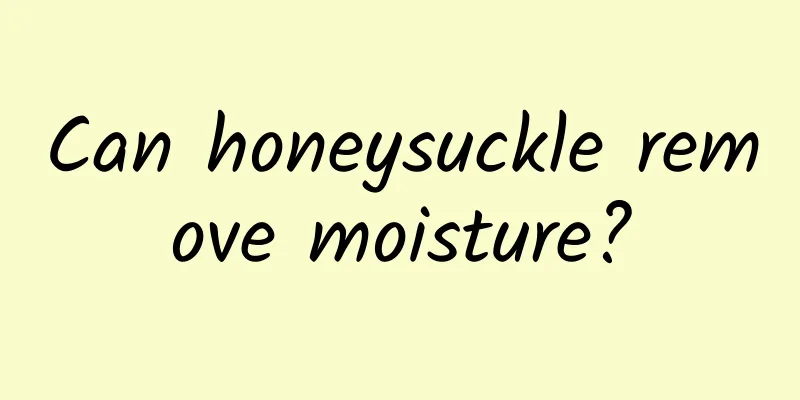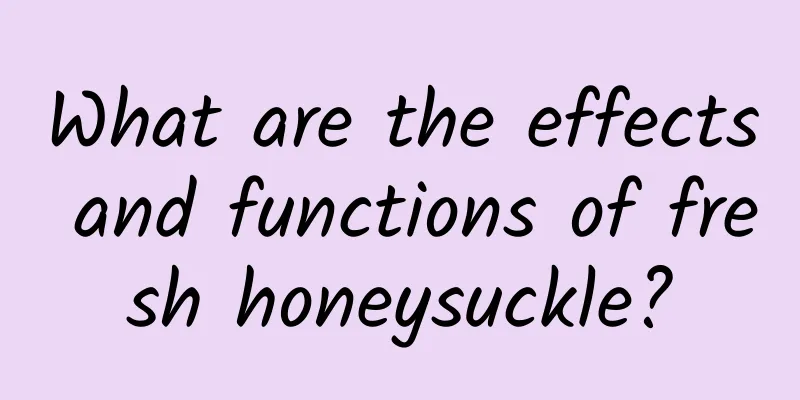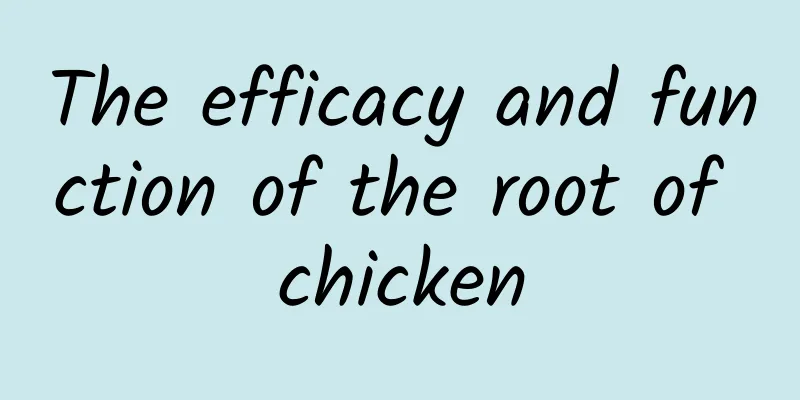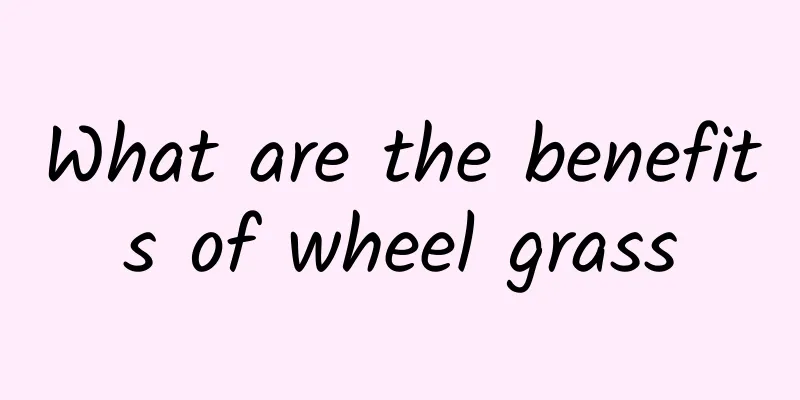The efficacy and function of spleen cold grass
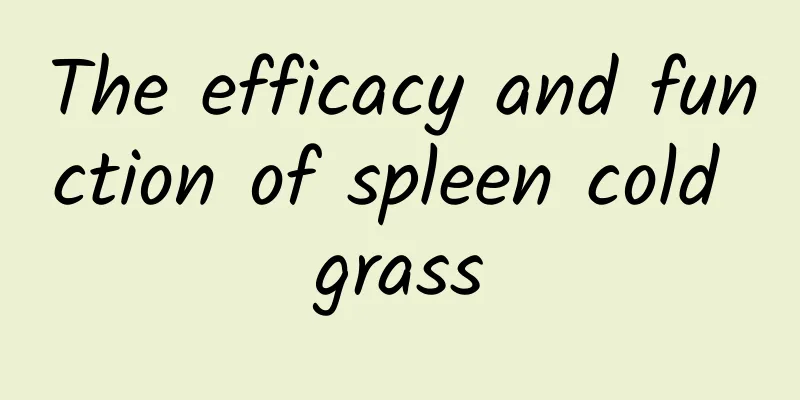
|
Chinese medicinal materials are very effective in treating certain diseases. Although the effect is a little slow, they have no side effects on the human body and are still highly respected by people. However, when choosing, you need to pay attention to its usage methods, etc. Let us learn about the medicinal material Pi Han Cao. [Source] It is the whole herb of Veronica erecta, a plant of the Scrophulariaceae family . Harvested in spring and summer. [Original form] Annual or biennial herb, covered with fine soft hairs all over. The stem is erect or slightly prostrate at the bottom, 10 to 30 cm high. Branches from the base, obliquely upward. The leaves are opposite, ovate or triangular ovate, 1-1.5 cm long, 5-8 mm wide, with blunt serrations on the edges, rounded base, lower leaves with very short petioles, and upper leaves without sessile. Inflorescence spike-shaped raceme, loose; pedicel short, about 1.5 mm long; bracts alternate, oblanceolate or lanceolate; calyx narrowly rounded or oblanceolate, 4-lobed; corolla 4-lobed, alternate with calyx, blue with slightly purple; 2 stamens. Protruding; pistil 1, ovary superior, 2-locular. The capsule is flattened heart-shaped, with a concave tip, fine hairs and particularly long marginal hairs, often with a very short style, and contains many tiny seeds. Flowering period is from April to May. [Habitat distribution] Growing in roadside wilderness. Distributed throughout East China. 【Chemical composition】 The whole plant contains 0.43% aucubin and 0.15% mannitol. [Pharmacological action] Antimalarial effect: The dry whole herb of Veronica erecta was made into a fluid extract and administered orally to chickens infected with Plasmodium at 6 g and 12 g/kg. It was preliminarily confirmed to have antimalarial effect, but the efficacy is far less strong and rapid than that of quinine hydrochloride. During the medication process, no adverse reactions (side effects or toxicity) were observed. 【Functions and indications】 "Chinese Medicinal Plants Illustrated Guide": "Cure malaria." [Usage and Dosage] For oral use: decocted in water, 1-2 liang (3-5 liang for fresh). [Clinical Application] Treatment of malaria: Take 3 liang of fresh upright kupona (half the amount of dry grass), decoct in 300 ml of water, and take three times a day. A course of treatment is 5 to 7 days. 7 cases were treated, 3 of them had no recurrence after taking the medicine, 3 had one mild recurrence, and 1 had two recurrences. As the symptoms were controlled, the blood smear test turned negative. No obvious side effects were found. 【Excerpt】 《*Dictionary》 【Source】 From "Chinese Medicinal Plants Illustrated Guide" From the above we can see that the Chinese medicine Pi Han Cao has very high medicinal value, so we can consider applying Pi Han Cao in our lives. |
<<: The efficacy and function of floating beans
>>: The efficacy and function of loquat leaf dew
Recommend
A shark "mummy" was found in an abandoned aquarium!
In the past half month, we have collected these i...
The efficacy and function of yellow water taro
Yellow water taro is a very nutritious and precio...
The efficacy and function of wild sumac leaves
Everyone is familiar with the leaves of wild suma...
The efficacy and function of Xiaoshixiantao
Speaking of the small stone fairy peach, I believ...
Back pain and fractures, are they caused by "crab disease"? This blood indicator is a "super detective" that can find the culprit!
Multiple myeloma, commonly known as "crab di...
Small body, big power! A small satellite of more than 30 centimeters reveals the secrets of the planet
Using a 14-inch small satellite to study "ho...
Esophagitis treatment method
I believe that most of you have had little contac...
The efficacy and function of bitter candy
Bitter candy is a kind of traditional Chinese med...
Black hole "foraging" live! How do stars become "spaghetti"?
Black holes turn stars into spaghetti: a cosmic c...
What are the effects of sea buckthorn paste
Sea buckthorn is a shrub that can grow in very ha...
The efficacy and function of cedar parasite
I wonder if you have ever heard of the cedar para...
Why do ducks stand still in the rain when it rains? | Expo Daily
Why when it rains, The duck just stood there in t...

